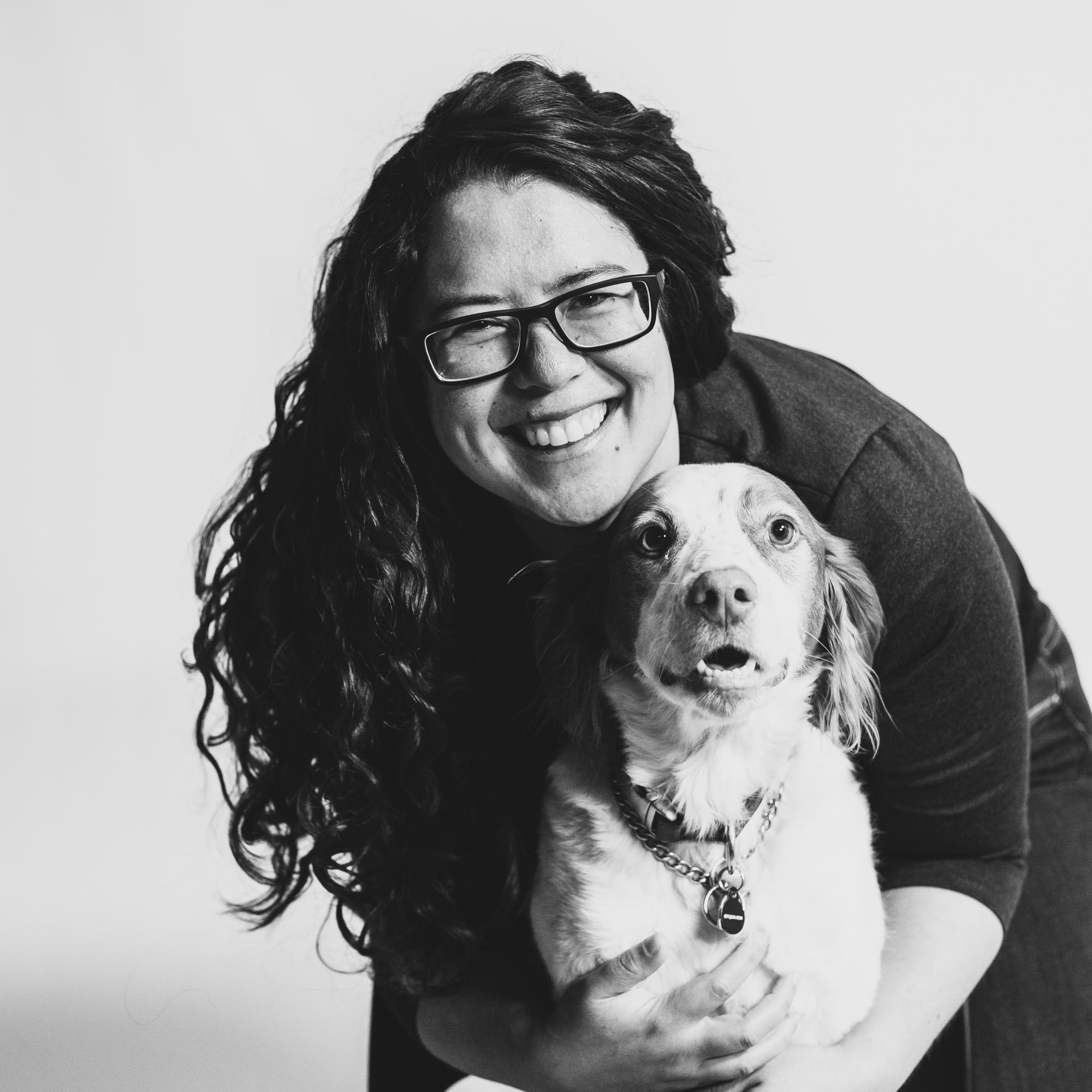
Last week, Maria Walker, Jill Smith, and I were invited to speak at Boise Startup Week, a community-driven conference that covers a wide array of topics relevant to entrepreneurs. We were asked to speak on the “Start Track,” which was designed specifically for those just starting to get their ideas off the ground. If you missed us, check out this brief synopsis of our talks and learn more about the importance of a brand’s presence in a digital world.
Starting with Media + Data in Mind
Maria and Jill kicked things off with a high-level-but-comprehensive survey class on media. Media tactics were broken down into three categories: Earned (press, reviews, shares), Owned (website, channels, in-store), and Paid (advertising). They covered the benefits and liabilities of various approaches to media and shared case studies demonstrating new and non-traditional ways of thinking about getting your message to your audience.
Everything about media is about reaching your target audience. As you go about refining your value proposition, you can use paid, earned and owned media to explore if different audience groups find value in your product or service. One way to capitalize on the right opportunity is to walk through a typical day of your target audience and think about which touchpoints will be most impactful to place your message.
For one client of ours, Mission43, building a credible, authentic brand is one of their top priorities. The organization provides post-9/11 servicemen, women and their spouses the necessary resources to transition into civilian life. Amongst the sea of non-profit organizations that provide services to veterans, Mission43 strives to be more relevant and modern. How they choose to do that is with events, active social presence, collaborating with influencers, and ongoing lead generation campaigns.
For another client, Idaho Central Credit Union, they offer an array of products, services and branch locations across the state. As their physical presence in the state grows, it’s important for them to promote new store openings as a way to let the community know they are not only opening a branch nearby, but they are happy to be there and are ready to help members achieve financial success. How they choose (and how others can choose) to promote grand openings are through earned media tactics such as: PR (sending a press release to news outlets) and word of mouth, through owned media tactics such as: their website, sending emails to existing and prospective members, Facebook events and posting and posting through social channels and through paid tactics such as: out of home, TV, radio (through paid spots and remotes), display banners and paid social ads. Measurement for these tactics includes impressions, the cost to reach 1,000 people (CPM) and membership growth.
All startups are going to, at one point or another, get faced with the question about their marketing choices: what are your customer acquisition costs? As you continue to mature in your business, knowing your customer lifetime value will also be essential because these two numbers will tell you if you need to make an adjustment (Customer Acquisition Cost < Lifetime Value). Know that as you work to find your audience, you can pull different levers within the media landscape.
Bootstrapping Your Digital Brand
When I was asked to speak on the Start Track, the first thing that ran through my head was how many tips, tricks, and tactics I wish I would have known early in my career. Building an online presence can seem (and sometimes actually be) daunting—but the nice thing about digital is there’s no hard deadline. Websites and digital campaigns are meant to be iterated. My next thought was, “how much can I pack in an hour?” Eighty-six slides later I had a super high-level rundown of things small businesses should consider when getting their digital brand up and running. I provided a few tools to help define your audience, some POVs on content and structure, and some technical info on websites, social platforms, and SEO.
Since so many topics were covered, and at such a high level, I emphasized the importance of the Googles. The hope with this talk was to give people jumping-off points so they could dive in on the areas that made the most sense for their business. The funny thing with a lot of this stuff is it changes—often and a lot. Google most of the topics I covered, and the autocomplete will include 2017, 2018, 2019 at the end because the platforms and opinions out there change with the seasons.
Ultimately, the talk covered four key areas: “Defining Your Audience,” “Building Your Web Presence,” “Being Findable,” and “Amplifying Your Voice.”
Defining Your Audience
This section focused on 3 tools—surveys/interviews, personas, and user stories—that help you workshop an audience definition, empathize, and answer the key question, “why should they care?”
Building Your Web Presence
Here, we talked about how to start organizing your content and quickly spin up a website using Squarespace. High-level technical details about things like how domains and hosting works were also part of this section.
Being Findable
Findability in this space really centers on SEO. I broke down some of the key SEO considerations that will deliver the most impact.
Amplifying Your Voice
This is probably the most critical challenge for a fledgling brand—cutting through the noise. In the final section, I focused on the earned and owned digital channels that a startup can activate to connect with its audience at the right place and time.
Still, want to learn more? Take a look at our presentation below.
There’s No Dream Too Big
We are devoted to building a better community where everyone shares the responsibility of making it a better place to work and live.

Our Creative Advertising Services
-
Corporate Positioning, Brand Evolution & Strategy
Mission/Vision Development, Strategic Counsel For Marketing/Branding Challenges
-
Market Research
Quantitative, Qualitative, Ethnography, Consumer and/or Internal Stakeholder Insights
-
Creative Campaigns
Brand Campaigns, Product Launches, Full Funnel Marketing Efforts
-
Brand Design
Brand Guides, Style Guides, Branding Elements, Logos
-
Web Development and Digital Applications
Open-Source Platforms, Enterprise WordPress, eCommerce, AR, Emerging Technology
-
Media Strategy, Planning & Buying
Media Planning, Media Plan Development, Media Buying, MMM, Online and Offline
-
MarTech
AI, Responsible Consumer Data Management, AdOps, Marketing Software
-
Analytics
Dashboards, Insights, Business Metrics Evaluation, ROI Reporting, Data Warehousing
-
Content Creation
Videography, Photography, Short-Form Video, Organic Social Content
-
Findability™
SEM, SEO, GEO (AI Generative Experience Optimization), Voice Search


